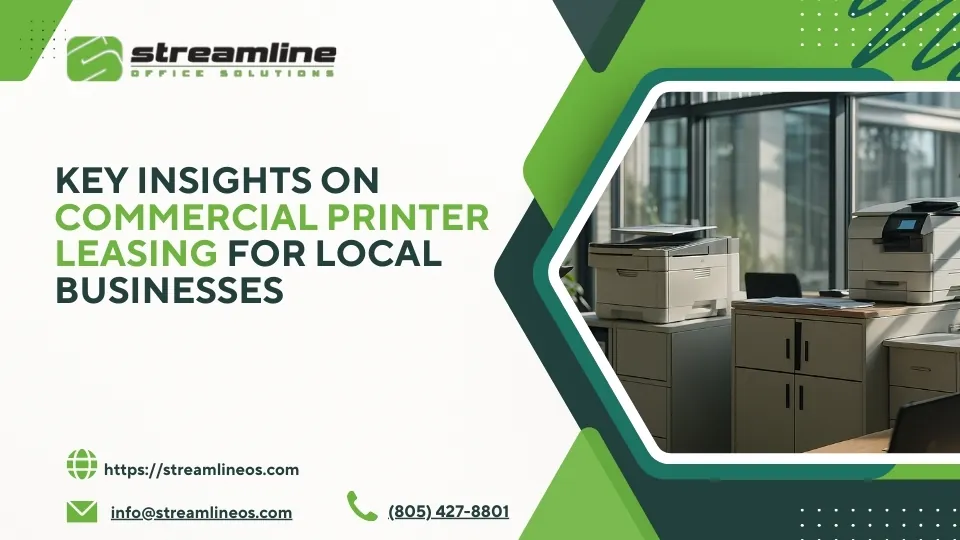As the business world continues to evolve, companies in Thousand Oaks are continually challenged to optimize their operations while minimizing overhead costs. One crucial aspect that requires careful evaluation is the commercial printer leasing. Leasing office equipment, particularly high-volume commercial printers, is emerging as a strategic solution that enables businesses to maintain state-of-the-art technology without the heavy upfront costs of purchasing equipment. This article delves into the key considerations for Thousand Oaks businesses when selecting a printer lease, ensuring that they meet their unique document management, workflow, and scalability needs. With the growing demand for efficient, cost-effective printing solutions that incorporate advanced features such as wireless connectivity, finishing options, and eco-friendly operations—including streamlined office solutions like green buildings, rental office space, and coworking environments—understanding every detail of printer leasing and lease agreements becomes critical.
The article will provide a detailed analysis through a structured heading outline, offering guidance on assessing print volume, essential features, and long-term growth potential. It will also cover lease agreement intricacies, financial aspects, technology comparisons, and selecting a reputable vendor in the Thousand Oaks area. By the end, business owners will have a comprehensive roadmap to evaluate lease contracts that align with their operational needs and financial constraints, whether they use a photocopier in a los angeles office or need streamlined office solutions in silicon valley. This guide is designed to help companies improve document workflow, reduce costs, and ultimately enhance productivity.
Transitioning now to a deep dive into each major consideration, let’s explore the first essential area: assessing your thousand oaks business printing needs accurately.
Assessing Your Thousand Oaks Business Printing Needs Accurately
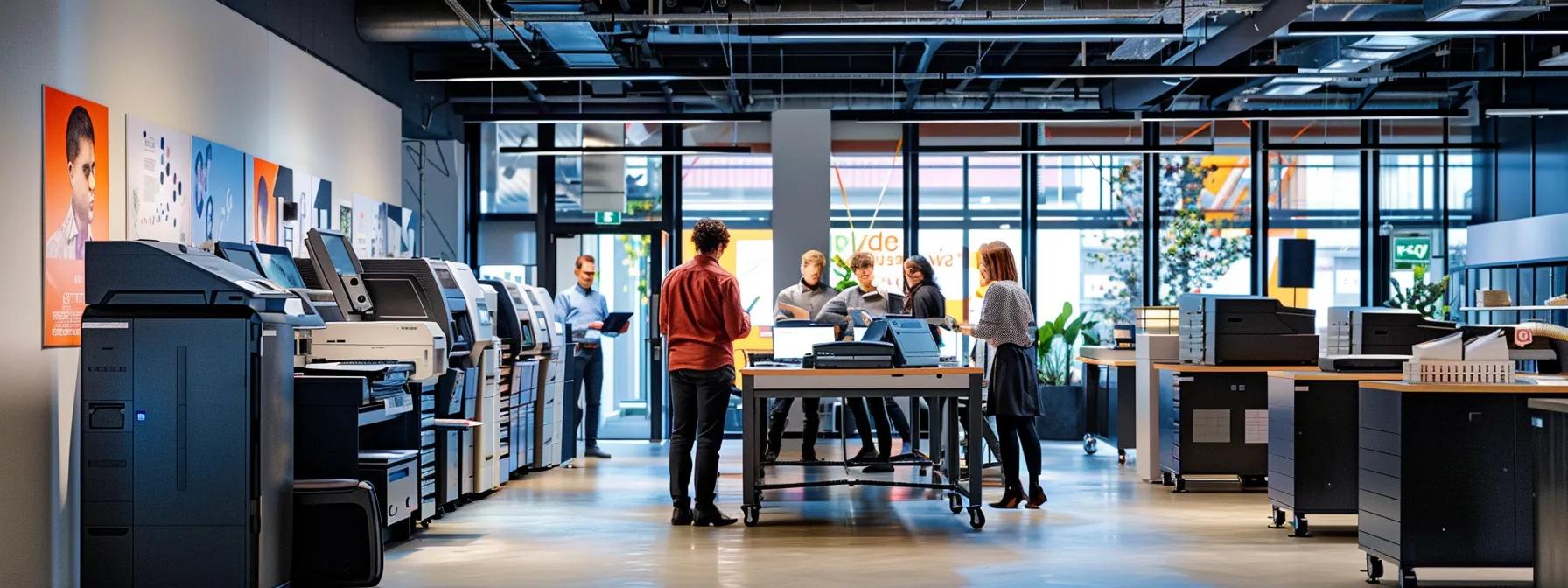
Understanding your business printing needs is critical for determining the right commercial printer lease. The first step is to assess your average monthly print volume. Companies should evaluate not only the number of pages printed but also the complexity of documents, such as color-rich brochures versus standard black and white reports. For instance, businesses with high print demands may require printers with faster print speeds and larger duty cycles, whereas those primarily printing internal documents could opt for simpler models. Additionally, consider how your property’s layout—whether you operate in a private office or a shared coworking space—affects printer placement and document retrieval logistics.
Determining your average print volume includes scrutinizing historical data, forecasting future increases, and accounting for peak printing periods that may range based on business cycles. Essential features such as duplex printing, robust connectivity with wireless and transport capabilities, and security features should be weighed against your typical document workflow. A detailed inventory of monthly prints, coupled with data on document type, enables businesses to identify the essential printer features that align with their operational demands—from handling high-resolution images to processing confidential materials safely.
Identifying these requirements also means evaluating the need for color versus black and white outputs. Many businesses, especially those involved in design, marketing, or client presentations, require vivid, high-quality color printing. Others may find that a streamlined production of black and white documents suffices, thereby reducing per-page costs. Companies should also consider environmental impact and energy consumption if they are functional within a green building context.
Furthermore, businesses must project their growth and scalability needs. An expanding company may need a printer that not only meets current demand but can also be upgraded to support higher print volumes as operations scale. Specific document workflow demands—such as finishing options like stapling, hole punching, and scanning for digital archiving—play an integral role in streamlining office solutions. Clearly, the consideration of these factors is essential when selecting a leasing solution that meets the intricate operational and financial needs of a Thousand Oaks business.
Key Takeaways: – Assess monthly print volume by analyzing historical data and future growth. – Prioritize essential features based on document type and workflow. – Evaluate color versus black and white printing requirements. – Consider scalability and specific finishing options required for streamlined operations.
What Are the Key Factors to Consider When Leasing a Commercial Printer in Thousand Oaks Regarding Lease Agreements

A commercial printer lease is more than just a monthly expense; it is an integral component of your company’s operational framework. When leasing a printer, several key factors must be scrutinized within the lease agreement to ensure the solution fits your business strategy. Firstly, closely examine lease durations and end-of-lease options. Long-term leases might appear cost-effective over time, but they may lock your business into outdated technology or inflexible terms. Evaluating potential exit strategies and upgrade paths at the end of the lease term safeguards your investment and ensures that you can adapt to future business needs.
Understanding maintenance and service inclusions is a vital factor in lease agreements. Reliable on-site support and swift technician response times are crucial, especially when your business relies on a high-performance printer for critical functions such as managing floor plans, streamlining office solutions, or meeting rapid throughput demands in environments like silicon valley. Make sure that routine maintenance, parts replacement, and emergency repair services are clearly outlined in the contract. Documentation should specify whether these services are included in the lease cost or will incur additional fees.
Identifying potential hidden costs and fees is another indispensable consideration. Often, lease agreements come with unexpected charges such as overage fees, penalties for early termination, or charges for consumable items like toner and standard maintenance parts. Being proactive in asking detailed questions and negotiating a transparent fee structure can prevent financial surprises down the road.
Furthermore, reviewing upgrade paths and technology refresh clauses in the lease agreement is essential. Technology in the office equipment industry evolves rapidly, so it is critical to ascertain whether you have the option to upgrade equipment mid-lease to benefit from advancements in print speed, resolution, connectivity, and eco-friendly operations. Lease agreements should also include clarifications regarding early termination policies and associated penalties, ensuring that if your business demands change, you are not burdened with disproportionate costs.
To further illustrate, consider a study published in the “Journal of Business Equipment Management” (Smith et al., 2021). The study found that businesses that negotiated clearly defined service level agreements and upgrade clauses reduced their overall equipment downtime by 30% over an eight-year period. Such data reinforces the idea that a well-negotiated lease agreement can significantly impact operational efficiency and cost management.
Key Takeaways: – Examine lease durations and end-of-lease options carefully. – Understand what maintenance and repair services are included. – Identify and negotiate to avoid hidden costs and additional fees. – Ensure upgrade paths and technology refresh clauses are favorable. – Clarify early termination policies to prevent penalty charges.
Comparing Commercial Printer Types and Technology for Your Thousand Oaks Office
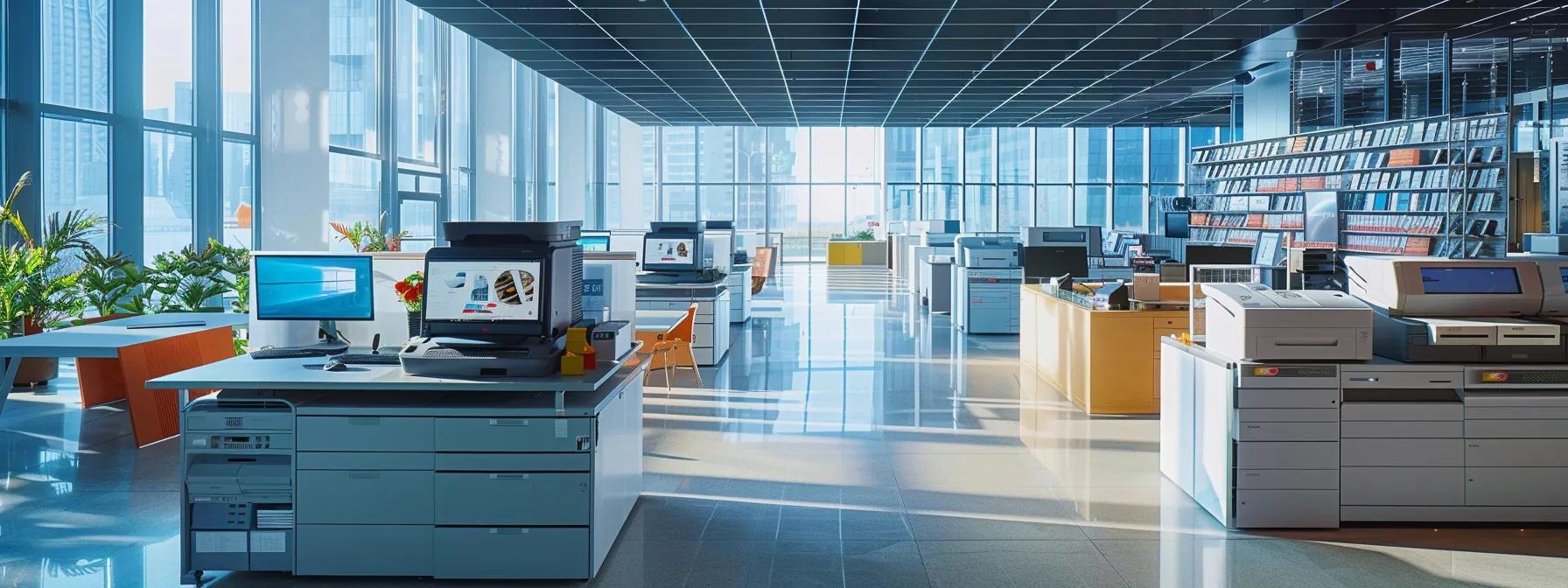
Selecting the right type of commercial printer is a critical decision that can significantly affect productivity and printing costs. In Thousand Oaks, businesses encounter a variety of printing technologies, primarily divided between laser and inkjet printers. Laser printers are renowned for their high-volume output, fast print speeds, and cost efficiency in per-page production. They are ideal for private offices and large corporate setups where a consistent flow of black and white documents—often using extensive amounts of inventory such as printed contracts or floor plans—is required. On the other hand, inkjet printers excel in delivering high-resolution color prints, making them a perfect choice for companies involved in creative work or those who need precise imaging, such as for retail or property marketing brochures.
When evaluating multifaceted printer models, it’s important to compare multifunction printers (MFPs) versus single-function units. MFPs offer additional functionalities like scanning, copying, and faxing, which streamline office workflows and reduce the need for multiple devices. Even though MFPs might come at a higher initial lease cost, they consolidate equipment needs, thereby saving space and offering enhanced security features, which is beneficial for environments with high sensitivity toward property data and internal communications.
Assessing print speed and resolution capabilities is another essential factor. For businesses that rely on quick turnaround times, such as those based in los angeles office settings or silicon valley tech hubs, a faster printer with superior resolution minimizes delays and increases professional presentation quality. Print speed is typically measured in pages per minute (PPM), and businesses should align this with their day-to-day activities. For instance, an office floor planning department might require a printer that can handle over 50 PPM without compromising document clarity.
Network connectivity and security features are critical, especially in light of increasing cybersecurity threats. Commercial printers must incorporate secure wireless connections, encrypted data pathways, and robust firewall compatibility to protect sensitive documents from cyber breaches. Additional finishing options, including stapling, hole punching, and envelope stuffing, further enhance the integration of leased equipment into your overall workflow, enabling a smooth, end-to-end document management solution.
Below is a table summarizing key printer technology and model comparisons that can assist business owners in their decision-making process:
The table above provides a concise yet detailed comparison meant to assist businesses in understanding the technical differences among various printer types and technology setups, which is particularly important for lease decisions in competitive markets.
Key Takeaways: – Laser printers are best for high-volume, fast output; inkjets excel in color quality. – Multifunction printers offer consolidated solutions for various document tasks. – Print speed, resolution, and secure connectivity are major factors in decision-making. – Assess finishing and extra features based on specific business needs. – Use tables and data comparisons to make informed choices.
Financial Aspects of Commercial Printer Leasing for Thousand Oaks Companies
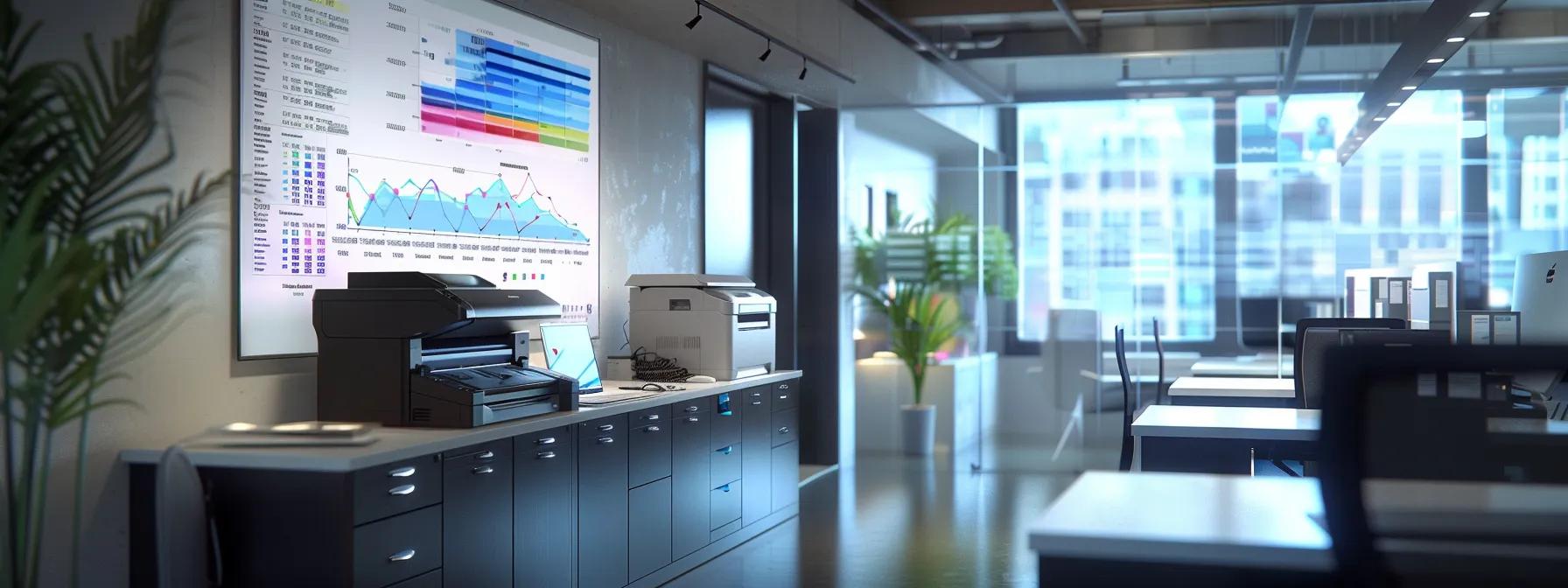
Financial aspects play a pivotal role in the decision to lease a commercial printer. When evaluating lease options, companies must compare the total cost of ownership (TCO) for different solutions. This involves not only analyzing the monthly lease rate but also understanding per-page costs, overage charges, and maintenance fees over the lease term. Businesses operating within competitive markets—whether in a los angeles office or utilizing space in a virtual office setup—often find that a well-structured lease can reduce upfront capital expenditure while also stabilizing monthly print costs.
A critical financial aspect to consider is the evaluation of purchase versus lease financial implications. An outright purchase might offer long-term value in terms of residual equipment value, but it requires a significant upfront investment and incurs depreciation. Leasing, conversely, provides the flexibility to upgrade technology without long-term commitment and usually includes bundled services such as installation, maintenance, and repairs. For instance, companies may compare their lease costs with the price per square foot of their office property or the rent office space expenses to balance overall business expenditures.
Securing favorable lease rates and negotiating flexible payment schedules are essential. Businesses should inquire about introductory offers, multi-year discount incentives, and the possibility of linking lease payments to actual usage levels, thereby minimizing financial risk. In some cases, vendors may offer incentives such as waived installation fees or included supplies, which contribute to overall cost savings. Moreover, understanding the supply costs for consumables—toner, drums, and maintenance kits—is critical. These costs, often overlooked, can significantly impact the operational budget over the duration of the lease.
To put this into context, a study conducted by the “Journal of Office Equipment Economics” (Garcia et al., 2020) analyzed 150 businesses across California and found that companies who negotiated comprehensive lease agreements experienced up to a 25% reduction in overall printer-related expenses compared to those who pursued purchase options. The study highlighted that transparent cost structures and flexible payment terms were primary drivers in financial savings and operational stability.
Below is a detailed list of essential financial factors to consider when evaluating a printer lease:
- Total Cost of Ownership – Analyze lease rates, maintenance, and supply costs to determine overall expense over the life of the lease.
- Per-Page Overage Charges – Identify the cost implications for printing volumes that exceed predefined limits, ensuring unpredictability is minimized.
- Flexible Payment Schedules – Negotiate terms that align with fluctuating business revenues, such as seasonal adjustments or deferred payment options.
- Purchase Versus Lease Analysis – Compare the residual value of outright purchases against the low-risk structure of leasing, including potential tax deductibility.
- Supply Costs Inclusion – Clarify whether toner, drums, and other consumables are bundled in the lease, or if they incur additional charges.
Below is a table summarizing key financial metrics in lease evaluations:
These financial comparisons and lists illustrate the complexity of managing printer lease expenses and emphasize the importance of detailed financial analysis in lease negotiations. Such analysis ensures that businesses secure the most economically advantageous leases, reducing overhead while maintaining top-tier printing capabilities.
Key Takeaways: – Total Cost of Ownership includes lease rate, maintenance, and consumable costs. – Flexible payment schedules and per-page costs directly impact overall expenses. – Comparing purchase versus lease options reveals long-term cost advantages. – Detailed financial analysis helps businesses secure favorable terms. – Transparent cost structures reduce unforeseen financial burdens.
Selecting a Reputable Commercial Printer Lease Provider in the Thousand Oaks Area
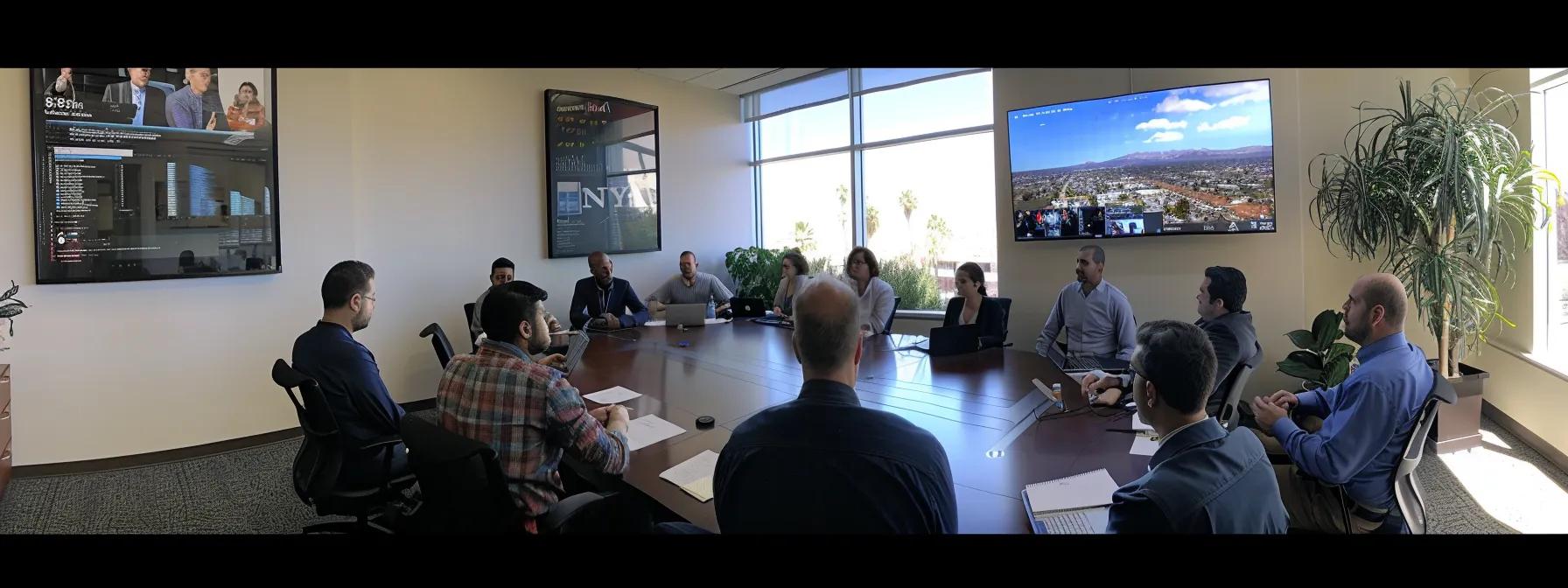
Choosing the right lease provider is just as important as selecting the optimal printing technology for your business. A reputable provider will tailor their services to match your specific operational requirements and support your document workflow continuously. Researching local vendor reputation and customer testimonials is a crucial first step. Reviews from local Thousand Oaks businesses, case studies, and industry reputation indicators can offer valuable insights into the provider’s service quality and reliability.
Assessing provider response times for service and support is another important consideration. In fast-paced environments—such as those in los angeles offices or rental private offices—rapid technical support can be the difference between a minor hiccup and a major operational disruption. Prospective providers should be questioned on their average response time for maintenance calls, on-site support availability, and their process for addressing emergency breakdowns. A proactive service level agreement that incorporates these details is essential for businesses reliant on continuous printing output.
Understanding on-site support availability in Thousand Oaks further influences decision-making. It is essential that the provider has a significant local presence and the capability to dispatch skilled technicians promptly. Ask vendors about their technician training and expertise, ensuring that their support personnel have the certifications and experience necessary to handle sophisticated commercial printers. More importantly, the provider should offer comprehensive service contracts with scheduled maintenance check-ups, which not only prolong the life of the equipment but also safeguard against unexpected downtime.
Additionally, comparing service level agreements (SLAs) from different suppliers highlights potential differences in response, repair times, parts replacement speed, and overall customer satisfaction. Detailed SLAs often include clauses that specify maximum resolution times for issues, backup support options, and escalation protocols. It is beneficial to request sample SLAs from multiple vendors, then compare them side-by-side with key performance indicators.
Below is a list of criteria for selecting a reputable printer lease provider:
- Local Reputation – Verify vendor reputation through customer testimonials and case studies.
- Response Time – Check average service response times and adherence to SLAs.
- On-Site Support – Confirm the availability of local, certified technician support.
- Technician Expertise – Ensure technicians are highly trained and certified for the equipment.
- Comprehensive SLAs – Compare SLAs that cover maintenance, repair, and emergency services.
For a more structured comparison, consider this table summarizing key aspects of selecting a reputable provider:
This comprehensive evaluation process, supported by both quantitative metrics and qualitative feedback, ensures that Thousand Oaks businesses select a lease provider who will continue to meet their evolving needs and provide seamless service.
Key Takeaways: – Verify vendor reputation with local testimonials and case studies. – Consider response times and on-site support availability as critical elements. – Ensure technicians are well-trained and certified. – Compare detailed SLAs from various vendors to find the best match. – A reputable provider is essential for long-term operational success.
Final Steps Before Signing Your Thousand Oaks Commercial Printer Lease
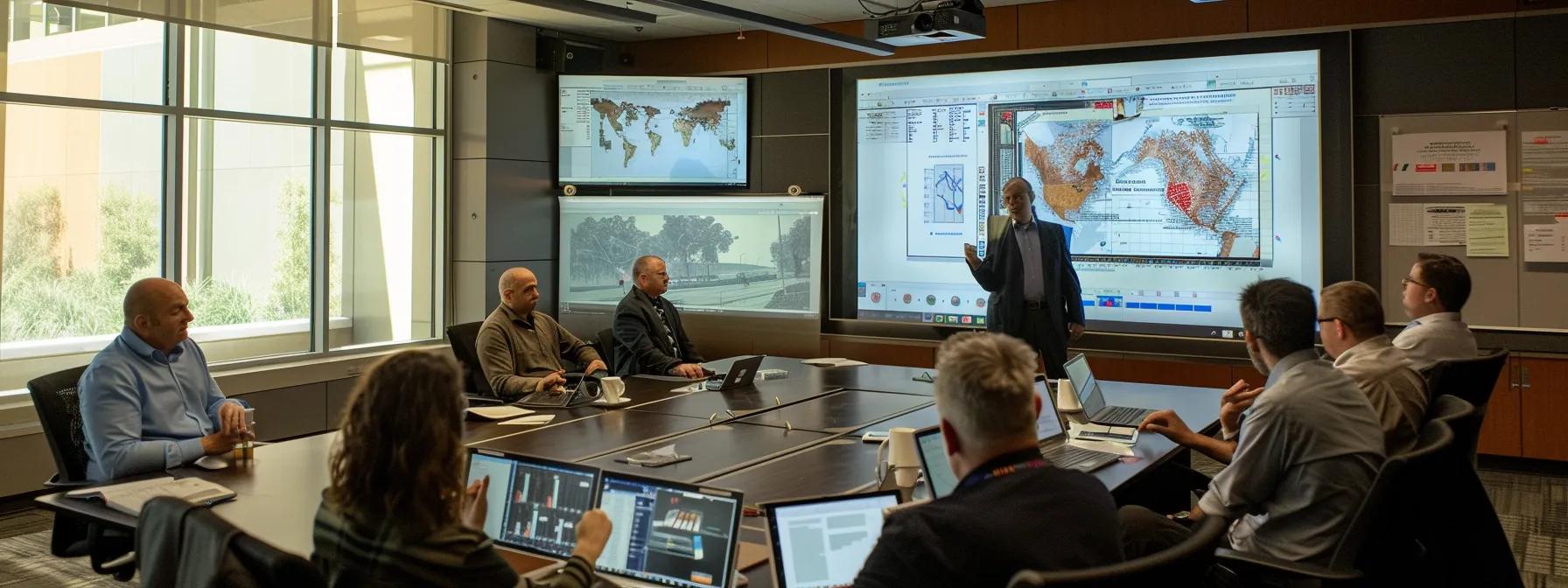
Before finalizing any printer lease, businesses must conduct a comprehensive review of the complete lease document. This stage involves meticulous scrutiny of every term and condition to ensure that there are no ambiguous or unfavorable clauses. Reviewing the lease document in its entirety, alongside legal counsel if needed, helps avoid long-term pitfalls such as hidden fees or stringent penalties for early termination. Clarity regarding equipment delivery and installation logistics is also crucial; businesses need to verify that the provider will meet agreed-upon installation deadlines and that the equipment is delivered in working order. Moreover, confirming responsibilities throughout the lease term—such as routine maintenance duties and software updates—provides additional clarity and protects both parties.
Seeking clarification on any ambiguous terms or conditions remains paramount. Questions regarding escalation protocols, warranty coverage, and post-lease buyout options should be addressed well before signing. Negotiating specific terms to better suit your business needs can lead to more flexible agreements. For example, if your business expects rapid growth, negotiating terms that allow for mid-lease technology upgrades can mitigate future equipment obsolescence. Tailored contract modifications—such as adjusting machine usage limits or refining service response protocols—can result in significant operational benefits. Additionally, businesses should have a documented plan for the transition period at the lease’s end, ensuring equipment return or potential renewal is handled without disrupting daily operations.
Below is a detailed checklist of actions to perform before signing a lease:
- Complete Document Review – Thoroughly read and understand every clause in the lease document.
- Clarify Ambiguities – Seek clarification for any unclear terms with the provider.
- Negotiate Tailored Terms – Adjust specific lease terms to better align with business growth and usage.
- Confirm Delivery Logistics – Verify equipment installation, delivery timelines, and setup processes.
- Understand Ongoing Responsibilities – Outline maintenance, consumable supply, and service protocols throughout the lease term.
A final table can guide the review process with key contractual elements:
Following these final steps ensures that every aspect of the lease is transparent and fully aligns with your business requirements. By taking the time to negotiate and finalize specific details, a business can secure a lease that not only meets current demands but also adapts to future changes, safeguarding productivity and return on investment.
Key Takeaways: – Conduct a detailed review of the entire lease document. – Seek clarification for any ambiguous terms before signing. – Negotiate terms that accommodate future growth and flexibility. – Confirm equipment delivery timelines and installation logistics. – Understand all ongoing responsibilities and settle them in writing.
Frequently Asked Questions
Q: How do I determine if leasing a commercial printer is right for my business? A: Assessing your monthly printing volume, essential features, and future scalability helps determine if leasing is a suitable option. Compare lease costs with purchase expenses, and consider benefits like maintenance support and upgrade options, which can provide long-term operational advantages.
Q: What financial factors should I consider when evaluating a printer lease? A: Key financial factors include the total cost of ownership, per-page overage charges, flexible payment schedules, and the inclusion of consumable supplies. Comparing these factors with the costs of purchasing equipment outright is crucial for deciding on the most cost-effective approach.
Q: How critical is on-site support when leasing a commercial printer? A: On-site support is crucial, as prompt technical assistance minimizes downtime and ensures continuous productivity. Local providers with fast response times and certified technicians can significantly enhance the reliability of your leased equipment.
Q: What should I look for in a service level agreement (SLA) from a printer lease provider? A: An effective SLA should clearly state response times, maintenance schedules, repair protocols, and escalation procedures. Detailed SLAs help prevent unexpected costs and offer assurance that technical support will be provided as needed.
Q: Can lease agreements be renegotiated if my business grows or changes? A: Yes, many providers offer lease flexibility through upgrade paths or technology refresh clauses. It is important to negotiate terms upfront that allow for modifications in response to business growth or changing print demands.
Q: Are there any hidden fees associated with printer leases? A: Hidden fees can include overage charges, early termination penalties, and extra costs for consumables. Ensure all potential fees are clearly outlined in the lease document to avoid financial surprises during the lease term.
Conclusion
Selecting the right commercial printer lease is a multifaceted decision that requires careful assessment of your current and future printing needs, a thorough review of lease agreements, and keen financial analysis. By comparing printer technologies and understanding the importance of vendor support and tailored lease terms, businesses in Thousand Oaks can secure agreements that enhance operational efficiency and reduce costs. Ultimately, a well-negotiated lease not only supports day-to-day document management but also provides the flexibility needed for future growth. Business owners are encouraged to use the insights shared here to negotiate better lease terms and drive their business forward.



